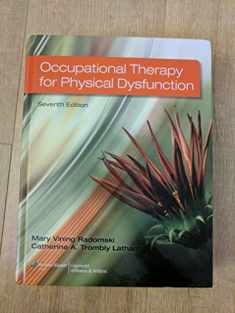
Introduction to Splinting: A Clinical-Reasoning & Problem-Solving Approach
Book details
Summary
Description
This user-friendly text provides the basics needed to master the fine detail of splinting. An excellent textbook, Introduction to Splinting includes the basic theory of splinting and its application to the design, fabrication, and evaluation of splints for patient care. This book also covers applied knowledge of pathology, kinesiology, anatomy, and biomechanics. As a combination textbook/workbook, Introduction to Splinting features an abundance of illustrations to show the detail of splinting. It includes quizzes, laboratory exercises, and case studies to help students grasp the basics of effective splinting techniques and skills.


We would LOVE it if you could help us and other readers by reviewing the book
Book review





